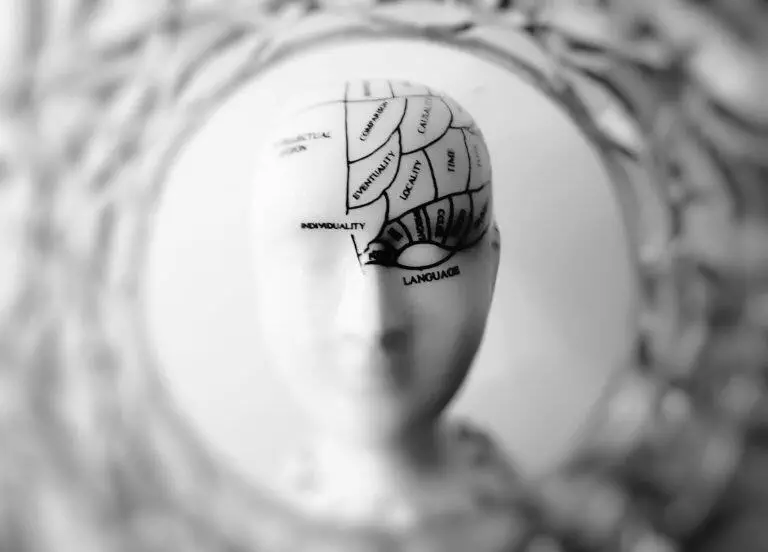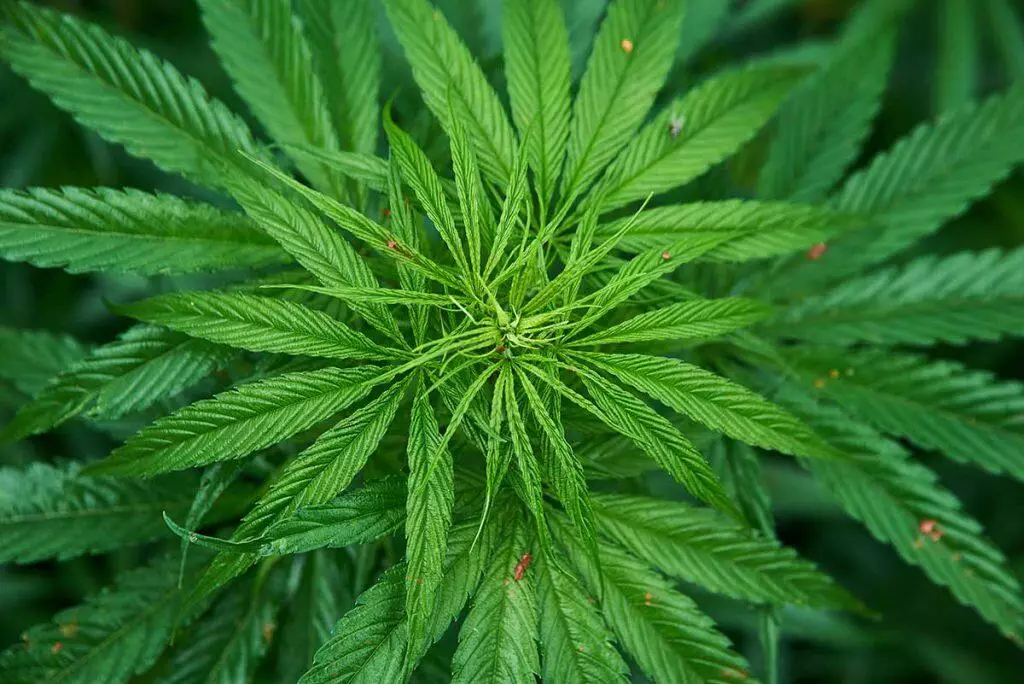As marijuana legalization continues its upward trend globally, Maui Recovery recognizes the unique challenges posed by marijuana addiction in this evolving landscape. While the drug gains social acceptance, many grapple with its overuse and dependency. Guided by our adept clinicians, our marijuana addiction treatment addresses both the physiological cravings and the underlying psychological ties behind cannabis addiction.
Statistics on Marijuana Addiction
According to the 2016 National Survey on Drug Use and Health (NSDUH), “approximately 4.0 million people aged 12 or older in 2016 had a marijuana use disorder in the past year, which represents 1.5% of people aged 12 or older.”
With legalization spreading, marijuana is becoming one of the most used drugs in the United States, with approximately 22.2 million users each month. As this number grows, Maui Recovery stands at the forefront of addressing the nuanced challenges of marijuana addiction in a rapidly changing society.
Maui Recovery’s Marijuana Treatment Approach
At Maui Recovery, we understand that each individual’s journey towards recovery is unique. Therefore, our marijuana addiction treatment program offers a personalized approach that integrates evidence-based therapies with holistic and adventure-based modalities. Our multidisciplinary team of professionals is dedicated to guiding clients through a comprehensive treatment plan tailored to their specific needs.
Marijuana addiction treatment
Therapy Options at Maui Recovery
At Maui Recovery, our marijuana addiction treatment program integrates a diverse range of therapeutic modalities to comprehensively address addiction and underlying issues. Each therapy is thoughtfully tailored to support individuals on their journey toward sustainable recovery and personal growth.
CBT is a cornerstone of our treatment approach, empowering clients to recognize and modify distorted thought patterns and behaviors associated with marijuana use. Through CBT, clients learn practical skills to manage triggers, cravings, and stressors effectively.
DBT equips individuals with essential skills to regulate emotions, cope with stress, and navigate interpersonal relationships without turning to marijuana as a coping mechanism. This evidence-based therapy promotes mindfulness, distress tolerance, emotion regulation, and interpersonal effectiveness.
MI is utilized to evoke internal motivation and commitment to change. Our therapists work collaboratively with clients, exploring their ambivalence about quitting marijuana and helping them build intrinsic motivation for recovery.
Drawing inspiration from Joseph Campbell’s concept of the Hero’s Journey, this therapeutic approach uses storytelling and symbolic exploration to guide clients through the stages of recovery. Clients embark on a metaphorical journey of self-discovery, facing challenges, gaining insights, and ultimately transforming their lives.
In this modality, mindfulness techniques are combined with body-oriented practices to facilitate emotional regulation and healing. Clients learn to cultivate greater awareness of bodily sensations, emotions, and triggers, fostering a deeper connection between mind and body.
Our program incorporates outdoor activities such as hiking, camping, and nature excursions to foster personal growth, self-discovery, and resilience. Immersion in nature provides a therapeutic backdrop for reflection, introspection, and transformation.
Surf therapy harnesses the healing power of the ocean, allowing clients to connect with nature and experience a sense of freedom and exhilaration. Equine therapy involves interactions with horses, promoting emotional regulation, empathy, and trust. These experiential therapies facilitate emotional healing and self-discovery in a unique and impactful way.
Our Unique Setting and Experience for Healing in Hawaii
What sets Maui Recovery apart is our commitment to providing an authentic Hawaiian experience infused with effective addiction treatment. Clients not only benefit from evidence-based therapies but also engage in surf therapy, hiking expeditions, equine interactions, and other culturally immersive activities. This holistic approach fosters a deeper connection with oneself and the surrounding environment, facilitating profound healing and personal growth.
FAQs
What Is Marijuana?
According to the National Institute on Drug Abuse, Marijuana—also called weed, herb, pot, grass, bud, ganja, Mary Jane, and a vast number of other slang terms—is a greenish-gray mixture of the dried flowers of Cannabis sativa. More potent forms of marijuana include sinsemilla (from specially tended female plants) and concentrated resins containing high doses of marijuana’s active ingredients, including honeylike hash oil, waxy budder, and hard amberlike shatter.
The main psychoactive(mind-altering) chemical in marijuana, responsible for most of the intoxicating effects, is delta-9-tetrahydrocannabinol (THC). The chemical is found in resin produced by the leaves and buds, primarily the female cannabis plant. The plant also contains more than 500 other chemicals, including more than 100 compounds chemically related to THC, called cannabinoids.
How is Marijuana Used?
- Hand-rolled cigarettes
- Pipes
- Bongs, also known as water pipes
- Blunts (which contain marijuana rolled in cigar wraps)
- Tea
- Edibles (brownies, cookies, candy)
- Vaporizers
What Are the Effects of Marijuana Use?
There are both long-term and short-term side effects when using marijuana, which may include:
Short-Term Effects:
- Impaired body movement
- Hallucinations
- Mood changes
- Altered sense of time
- Psychosis
- Difficulty with thinking and problem-solving
Long-Term Effects:
- Impaired memory
- Slow learning functions
- Loss of mental ability
- Schizophrenia
Physical Effects:
- Breathing issues
- Increased heart rate
- Damage to the immune system
- Intense nausea and vomiting
- It kills brain cells and damages the central nervous system
Other Health Effects:
- Lower life satisfaction
- Poorer mental health
- Poorer physical health
- Hard time maintaining relationships
- Less successful in academics or career
Learn More About Marijuana Addiction Treatment in Hawaii
If you or a loved one is struggling with marijuana dependency, choose treatment at Maui Recovery. Our marijuana addiction treatment programs teach helpful coping skills, as well as many other benefits. Contact us today to learn more.



















